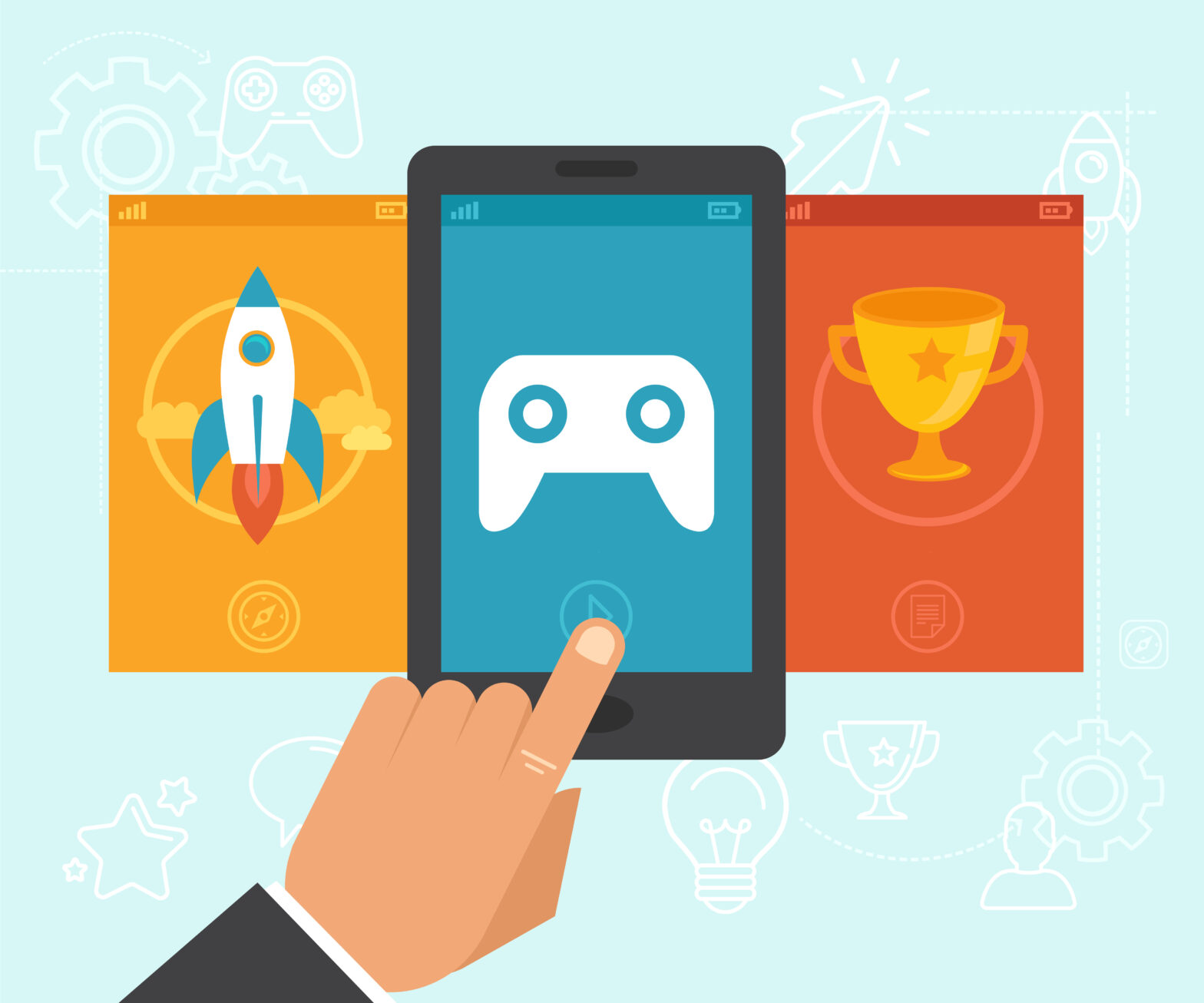Disengagement is an epidemic in the American workplace. A Gallup poll revealed that 70% of American employees are not “enthusiastic about and committed to their work and workplace”, and this causes $450 billion to $550 billion in lost productivity a year.
The cost is so high because there is a strong link between employee satisfaction, engagement and productivity. In a meta-analysis, Gallup also found that organisations with a high level of engagement report 22% higher productivity, as well as double the rate of success, lower absenteeism and turnover, and even better health.
All this data emphasises the importance that employee engagement has on a business’s bottom line, but acknowledging its importance is one thing, and driving it quite another.
Today, employers are trying everything from unlimited vacation days and organic snacks to completely flat organisational structures in an effort to promote the satisfaction, and thus engagement, of their employees.
>See also: Is that whole gamification thing really over?
These efforts are commendable, but they don’t really get at the root cause of the disengagement crisis. While employees appreciate benefits and perks, research shows that they are not actually as important as employers think.
Stocked beer fridges and complimentary home cleaning cannot compensate for a job that someone finds boring or dislikes doing.
As a result, the most effective way to drive engagement is to focus on making an employee’s day-to-day, and even hour-to-hour or task-to-task, experience better.
Gamification uses the elements of gaming, such as competitions, game rules and point scoring, to increase interest and investment in whatever task an individual is doing.
Despite setbacks along the way, the industry is gaining momentum and is expected to grow to $5.5 billion by 2018, largely driven by Millennials who grew up playing games.
Here are four ways companies can deploy gamification to boost engagement in the workplace.
1. Collaboration and recognition
More than 200,000 companies around the world use Yammer’s enterprise social network to facilitate employee collaboration. Using its built-in gamification capabilities, organisations can easily track and reward employees with virtual “badges” when they achieve goals or accomplishments.
For example, let’s say an employee takes on their first leadership role or voluntarily serves as a mentor for a new hire. In recognition of those actions, they can receive a badge in Yammer that shows up in the company feed for everyone to see.
Studies have shown that regular recognition is a critical aspect of engagement, and that recognising team members has a significant effect on performance.
Research from Bersin and Associates found that organisations where recognition occurs perform 14% better on employee engagement, productivity and customer service than those where recognition does not occur. Gamification makes it simple for employers to provide an instant and consistent system of recognition.
2. Job training
Siemens is leveraging gamification in order to effectively train its employees. Job training is an absolutely essential part of employee success (and in the case of manufacturing, safety). However, day-long training sessions and Powerpoint presentations don’t exactly promote retention, which is what led Siemens to gamify the process.
Siemens implemented a game called PlantVille, based off the popular Zynga game FarmVille. PlantVille simulates the experience of being a plant manager. Players have to operate their plant, juggle responsibilities and make key decisions that affect the livelihood of the facility.
Playing the game teaches new hires about Siemen’s products and hones important skills, such as how to make fast decisions and keep workers satisfied. The game measures players on quality, employee satisfaction, safety, timeliness and more, which is also how they are also measured on-the-job.
In this case, gamification is used to share important information and help it stick. Making it fun helps quantify learning and creates a reinforcement system that adequately prepares employees to succeed at their jobs.
3. Sales
SAP is a huge company with a huge salesforce that delivers new products to the market at a rapid pace. This puts a heavy workload on sales reps because knowing what they are selling is a core part of their ability to sell, but that requires acquiring and remembering a lot of information.
SAP found that even though employees could learn about new products online, getting them to take the time to learn and retain that information was a challenge.
>See also: Gamification – where did it all go wrong?
This inspired SAP to implement gamification with an application called Roadwarrior. In the app, sales reps play a multiple-choice game where they compete against other reps in an effort to rank as a leader in an area of expertise. Roadwarrior covers SAP’s latest technology innovations and mimics a typical pre-call planning meeting with a customer.
Sales reps thrive on competition, which is why most sales organisations hold sales contests and set up commission structures. Gamification channels this competitive spirit to help sales reps familiarise themselves with the information they need to close deals.
4. Adoption of new technology
Businesses spend billions of dollars a year on new software and tools that promise to boost the productivity and performance of their teams. Even if the technology is great, employees have to take advantage of the software in order to reap its benefits.
However, getting employee buy-in can be a struggle. People have set ways of doing things and can be resistant to change. Therefore, businesses can’t sit on their laurels and expect adoption to happen on its own.
Sourced from Chris Pyle, CEO, MessageOps










